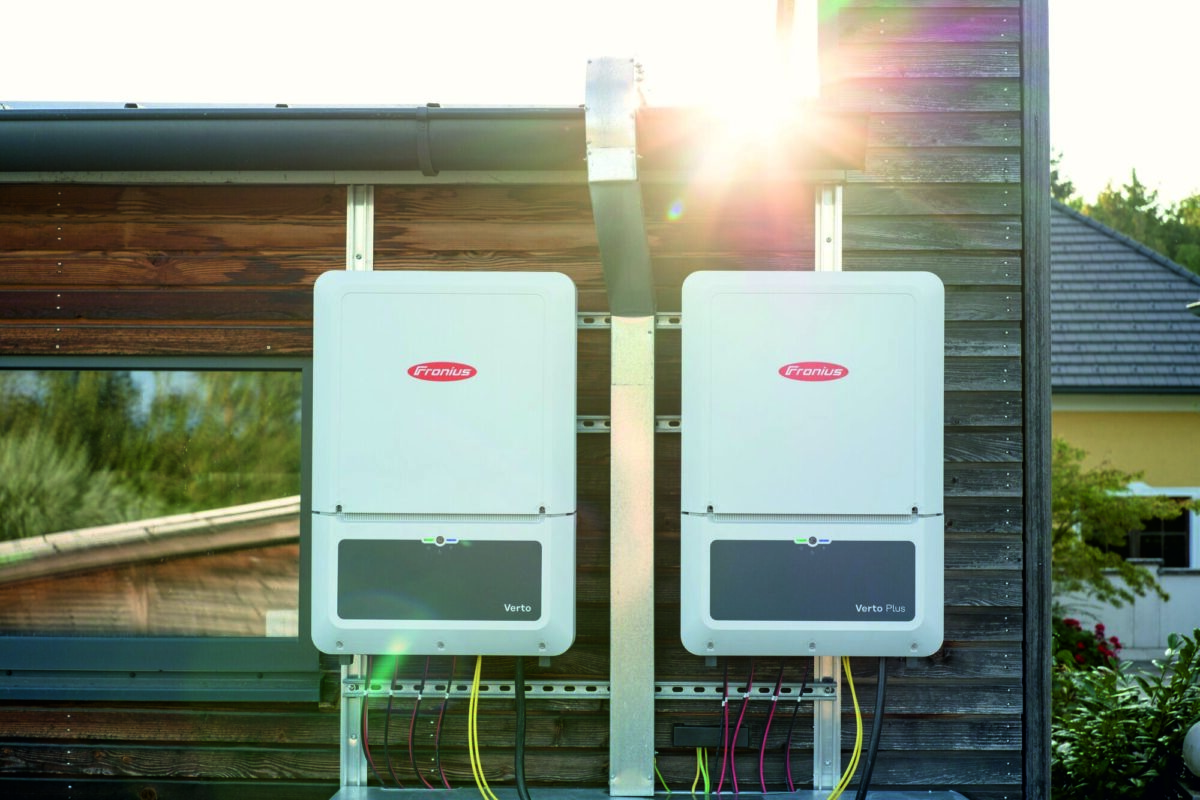Michael Liebreich is not a man who is known for holding his tongue. But unlike some public figures who rise to fame by being merely outspoken, the founder and chair of Bloomberg New Energy Finance (BNEF) is also known for his depth of knowledge and cutting insights.
Yesterday Liebreich and BNEF Chief Editor Angus McCrone released 10 predictions for 2017, largely dealing with renewable energy, electric vehicles, and batteries. And while they note that the recent slump in clean energy investment is not over yet, they have also made some dramatic predictions about the role of solar and wind in new energy systems, due to falling costs.
“Super-low-cost renewable power – what we are now calling “base-cost renewables” – is going to force a revolution in the way power grids are designed, and the way they are regulated.” – BNEF
Liebreich and McCrone cite a US$29.10 per megawatt-hour power contract for solar in Chile, along with a similarly cheap contract for wind in Morocco, as “the lowest electricity prices, for any new project, of any technology, anywhere in the world, ever”. They also note that in many countries solar and wind are now cheaper than any other source of new electricity generation, “sometimes by very considerable margins”.
The authors say that this is upending the rules of procurement, and that future efforts will focus on building a system based on low-cost renewables, supplemented by flexible capacity from gas, demand response, batteries and other sources. This in turn will force a fundamental re-organization of power grids, particularly as renewables reach high penetration levels.
“We are reaching the point in the story where power system regulation will have to be fundamentally rethought. Simply layering on a capacity market is the wrong response: creating guaranteed demand for obsolete technologies has never ended well.” – BNEF
This does not mean that it will be easy for the solar industry along the way. In addition to pricing struggles, BNEF is predicting a new phase of slower deployment of wind and solar in China. This is due to the nation’s struggle to integrate large amounts of renewables on its grid, along with other macroeconomic issues.
However, BNEF is also predicting a big increases in deployment along with falling costs for batteries and smart grid equipment, and for more than one million electric vehicles to be sold.
This content is protected by copyright and may not be reused. If you want to cooperate with us and would like to reuse some of our content, please contact: editors@pv-magazine.com.



OK its good. Is it not possible to still low price electricity generation of renewable energy sources like Tidal energy? Yes it is possible real spring tidal energy .So far generation of tidal energy have got high infrastructure and not in consistency as well as effect Marine species. Why don’t you encourage the technology which generates electricity with very very low price? We are having such technology which is very reliable and very Eco friendly technology. This technology converts the disadvantages of the present technology into its advantages.